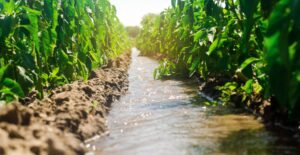Background Report – Measuring Results in Transboundary Water Management
During 2013 the Swedish Water House and Stockholm International Water Institute (SIWI) commissioned a rapidassessment to compile experience on results and risks in transboundary water management (TWM). From a larger set of collected documents on international TWM projects, fourteen reports from various parts of the world were selected for the assessment.
The rapid assessment showed that reporting on TWM tends to cover activities and outputs. Typical outputs include study reports, decision-support systems, equipment, strategic plans and individuals trained. Outcomes relate to institutional arrangements, improved investment climate or resources mobilised, and in some cases improvements in hydrological or environmental conditions. Only a few of the TWM projects led to substantial actual investments, but in somecases there is anecdotal evidence demonstrating impacts onecological status and livelihoods. While there is reason tobelieve TWM can contribute to regional integration, peace and stability, these effects have generally not been measured.
Transboundary water projects are associated with high risks and uncertainty, often facing challenges of poor ownership and sustainability, and risk management commonly appears to be insufficient.
The results observed were assessed against the emerging results framework of one of the larger TWM donors, Sida. While the framework indicators will be useful, they need to be adjusted to reflect transboundary conditions. Furthermore, some of the results observed in TWM will probably better fit into other results areas, rather than in water resources management.
This report ends with some recommendations which aim at improving results-orientation, measurability and risk management. They also seek to alert donors to the fact that TWM is a broad and complex process which may contribute to many different types of results, not necessarily only within the traditional realm of water resources management.




